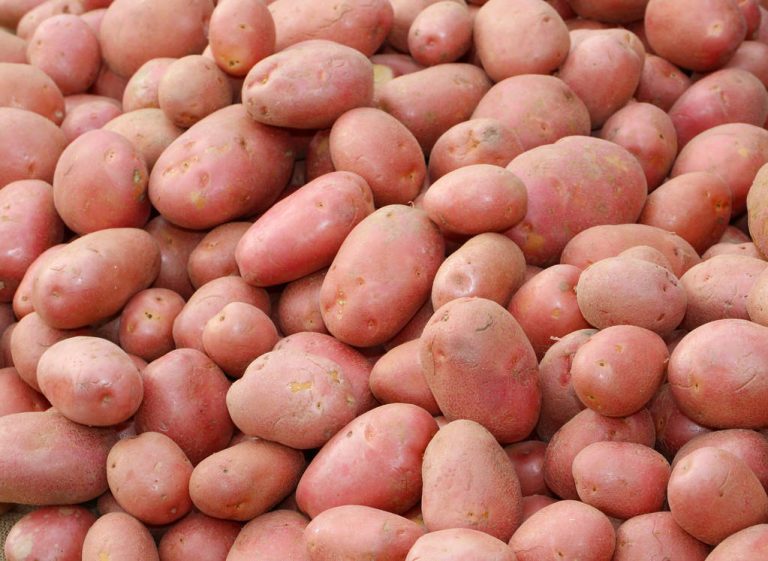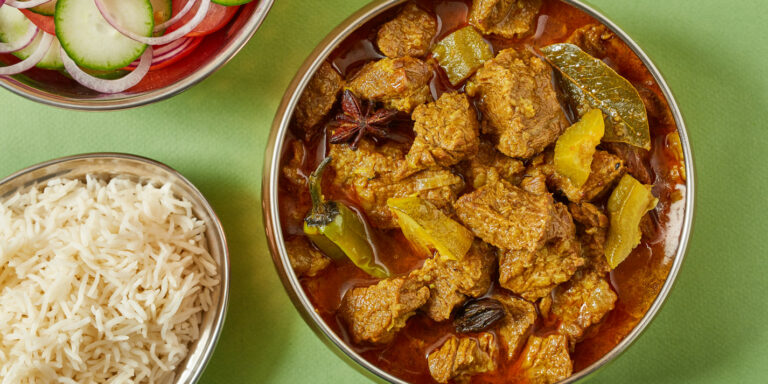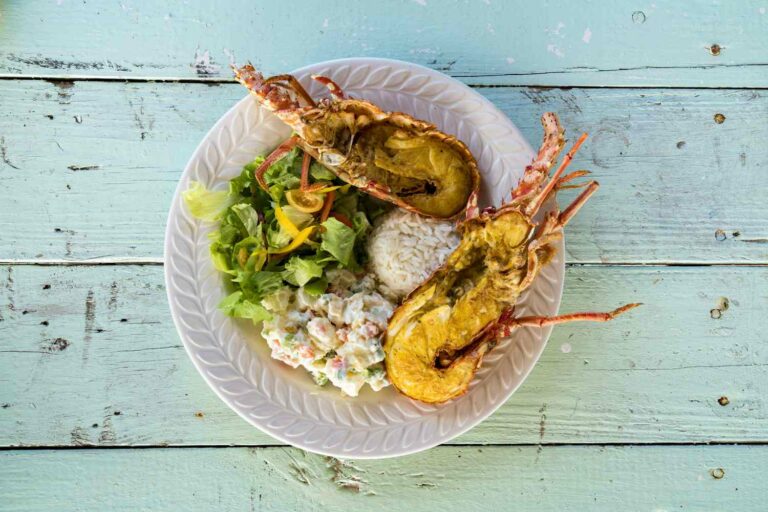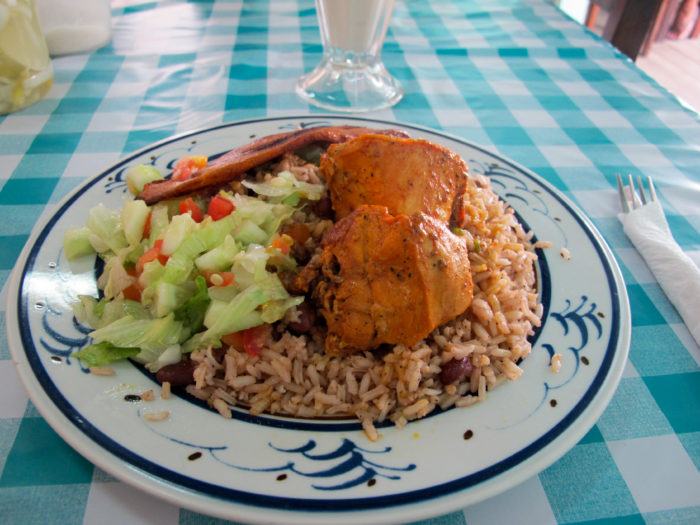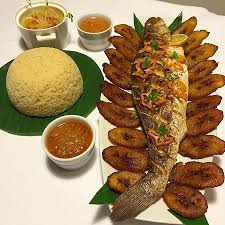Red potatoes bring variety to your plate both visually and in terms of taste. In addition, the dye it contains is said to be beneficial for your health. We will give you all the information and tips on how to prepare it.
There are not only the classic yellow potatoes: in addition to purple potatoes, red potatoes are particularly popular.
Red potatoes are by no means new. Most of them are old varieties that have almost been forgotten. In conventional agriculture, the cultivation of rare varieties is hardly worthwhile. Modern potato cultivation focuses exclusively on high-yielding varieties that can be stored well.
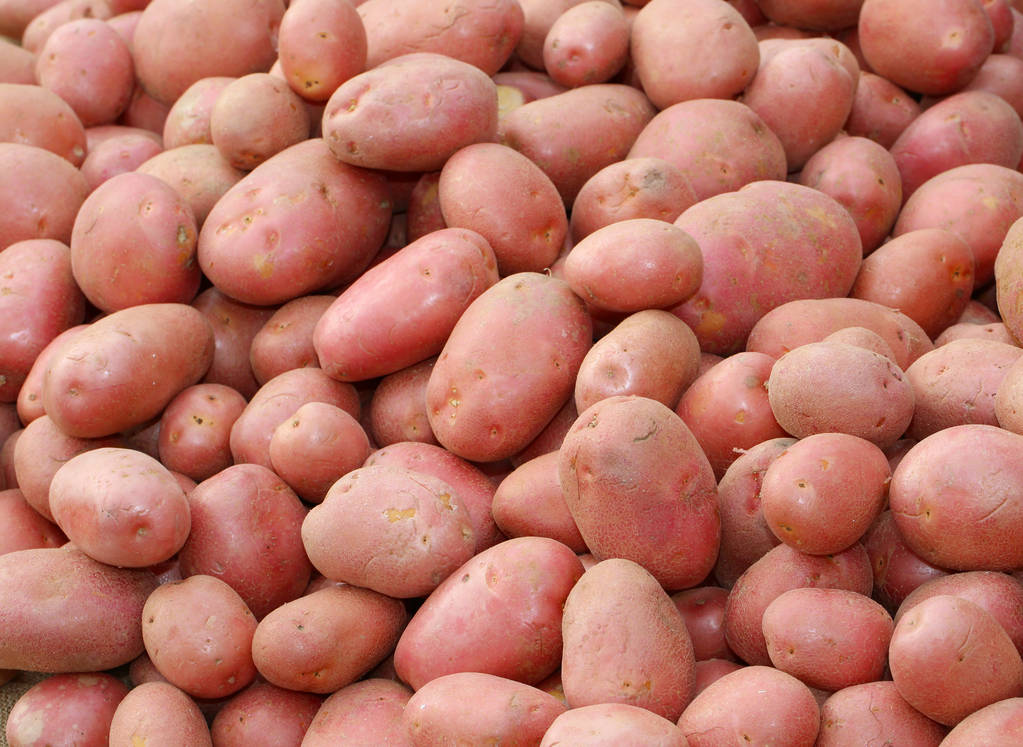
Red potatoes: varieties and growing tips
Like the yellow potatoes, their red relatives also come from South America, but you can also plant red potatoes yourself in this country. They also grow here in Germany and the cultivation hardly differs from conventional potatoes.
However, the yellow potatoes are much more robust than the red varieties. Good care is important for a rich harvest: Enrich the soil well with compost and provide the plants with sufficient water, especially during flowering.
There are some red potato varieties that are also suitable for your garden. Basically, you can distinguish between two categories:
Potatoes with red skin and light flesh
Laura: It is a very popular red variety because it stores well. The variety is predominantly waxy and retains its consistency. The peel is very fine, so you don’t need to peel it.
Linzer Rose: This variety is particularly common in Austria and is characterized by its creamy flesh. It can also be stored well and germinates late.
Desiree: The Desiree red potato produces large lush tubers that cook floury.
Red potatoes – particularly healthy thanks to their colour
The potatoes get their color from the plant pigment anthocyanin, which is one of the flavonoids. In 2017, the Food and Nutrition Research team did a comprehensive study of the phytochemical and its health benefits. The dye works, among other things:
antioxidant
anti-cancerous
antimicrobial
preventive against cardiovascular diseases
against obesity
This makes the colorful tubers even healthier than their yellow relatives. Otherwise, they hardly differ from conventional potatoes in terms of their nutritional values. The tubers are high in carbohydrates, but due to their high water content, they are low in calories compared to other carbohydrate sources. Some red varieties contain slightly more starch than their yellow counterparts.
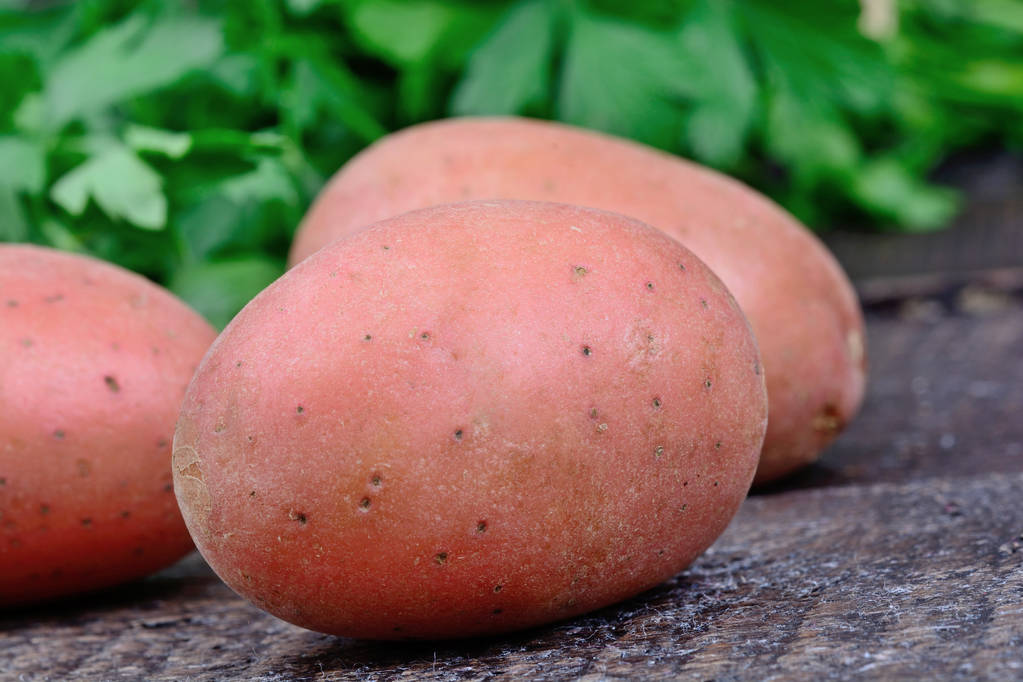
Prepare red potatoes
Red potatoes add variety and color to your plate. In terms of taste, they are often described as nutty and spicier than yellow potatoes. Here, too, the taste varies depending on the variety. As with yellow potatoes, a distinction is made in the preparation according to the consistency:
Waxy potatoes are particularly suitable for:
fried potatoes
potato salad
homemade fries
You use floury potatoes for:
baked potatoes
Mashed potatoes
potato casserole
The anthocyanin contained remains even after cooking, but the color fades slightly because the dye is water-soluble. The following tips will help you to preserve the color:
Boil the potatoes whole with the skin on. You only need a little water for this. The peel protects not only the color but also the nutrients.
Alternatively, you can steam cook red potatoes. With this gentle preparation, nutrients and color are particularly well preserved.
The potatoes also keep their color well in the oven.

